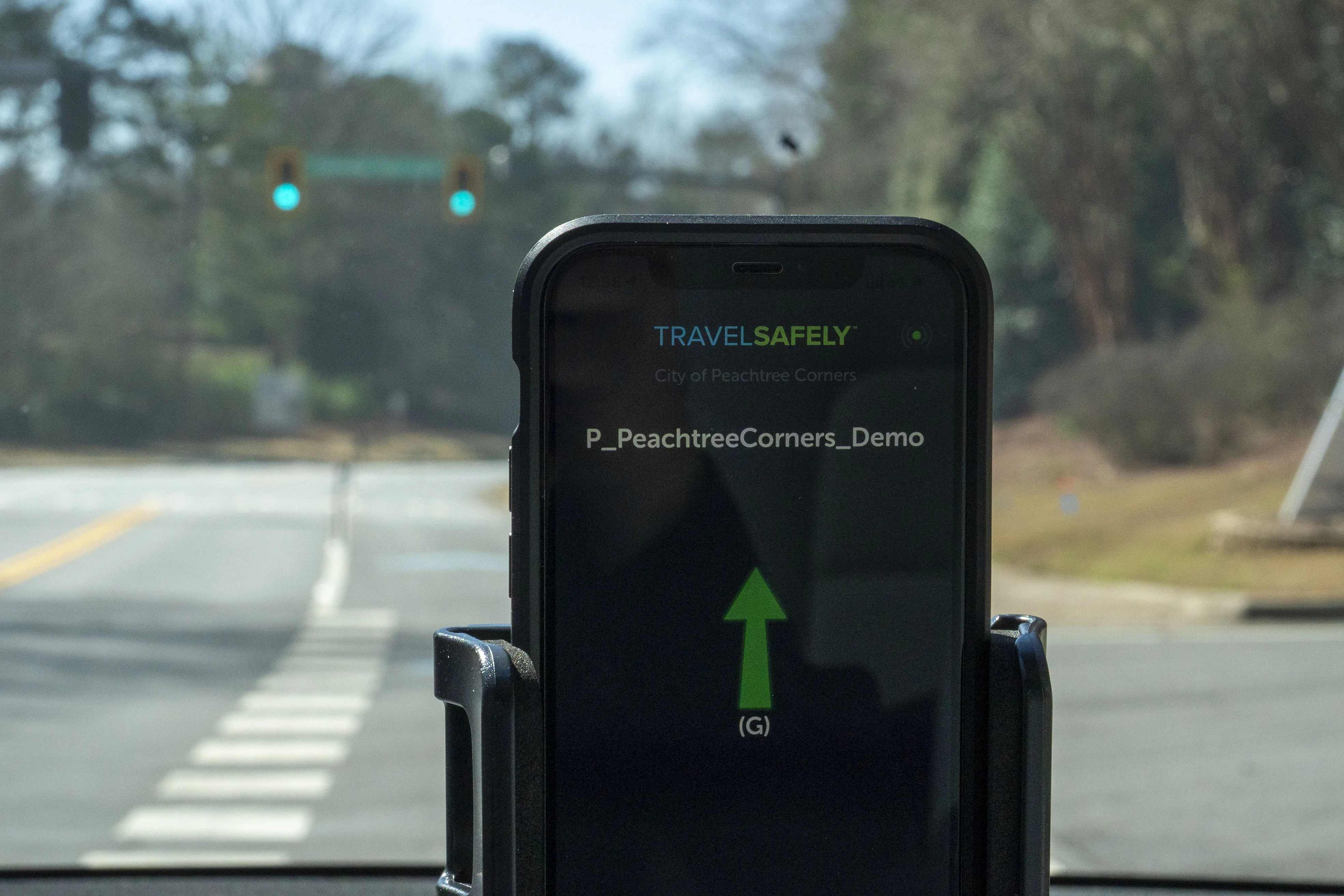A partnership between premium car manufacturer Audi and the international traffic technology group Swarco recently demonstrated their achievements in vehicle-to-infrastructure (V2I) communication as part of the European Compass4D project.
The demonstration in the Italian city of Verona involved connecting the city's traffic management system, which is based on Swarco's Omnia platform, with Audi's onboard navigation system.
By comparing its current position, speed and driving direction, the vehicle re
November 29, 2013
Read time: 2 mins
A partnership between premium car manufacturer 2125 Audi and the international Traffic Technology group 129 Swarco recently demonstrated their achievements in vehicle-to-infrastructure (V2I) communication as part of the European 7288 Compass4D project.
The demonstration in the Italian city of Verona involved connecting the city's traffic management system, which is based on Swarco's Omnia platform, with Audi's onboard navigation system.
By comparing its current position, speed and driving direction, the vehicle recognises the traffic signal phase at the next intersection and can inform the driver the ideal speed to reach the intersection during the green phase. At the same time, the traffic signal control system receives information about current traffic volume and can dynamically adjust the traffic signal cycle, in order to avoid congestion and minimise waiting time.
"Our technology enables Audi's cars to communicate with traffic lights in real-time to be able to show drivers green wave speed recommendations on their car's dashboards", says Alfredo Bolelli, managing director of Italian Swarco subsidiary1675 Mizar.
The demonstration in the Italian city of Verona involved connecting the city's traffic management system, which is based on Swarco's Omnia platform, with Audi's onboard navigation system.
By comparing its current position, speed and driving direction, the vehicle recognises the traffic signal phase at the next intersection and can inform the driver the ideal speed to reach the intersection during the green phase. At the same time, the traffic signal control system receives information about current traffic volume and can dynamically adjust the traffic signal cycle, in order to avoid congestion and minimise waiting time.
"Our technology enables Audi's cars to communicate with traffic lights in real-time to be able to show drivers green wave speed recommendations on their car's dashboards", says Alfredo Bolelli, managing director of Italian Swarco subsidiary










